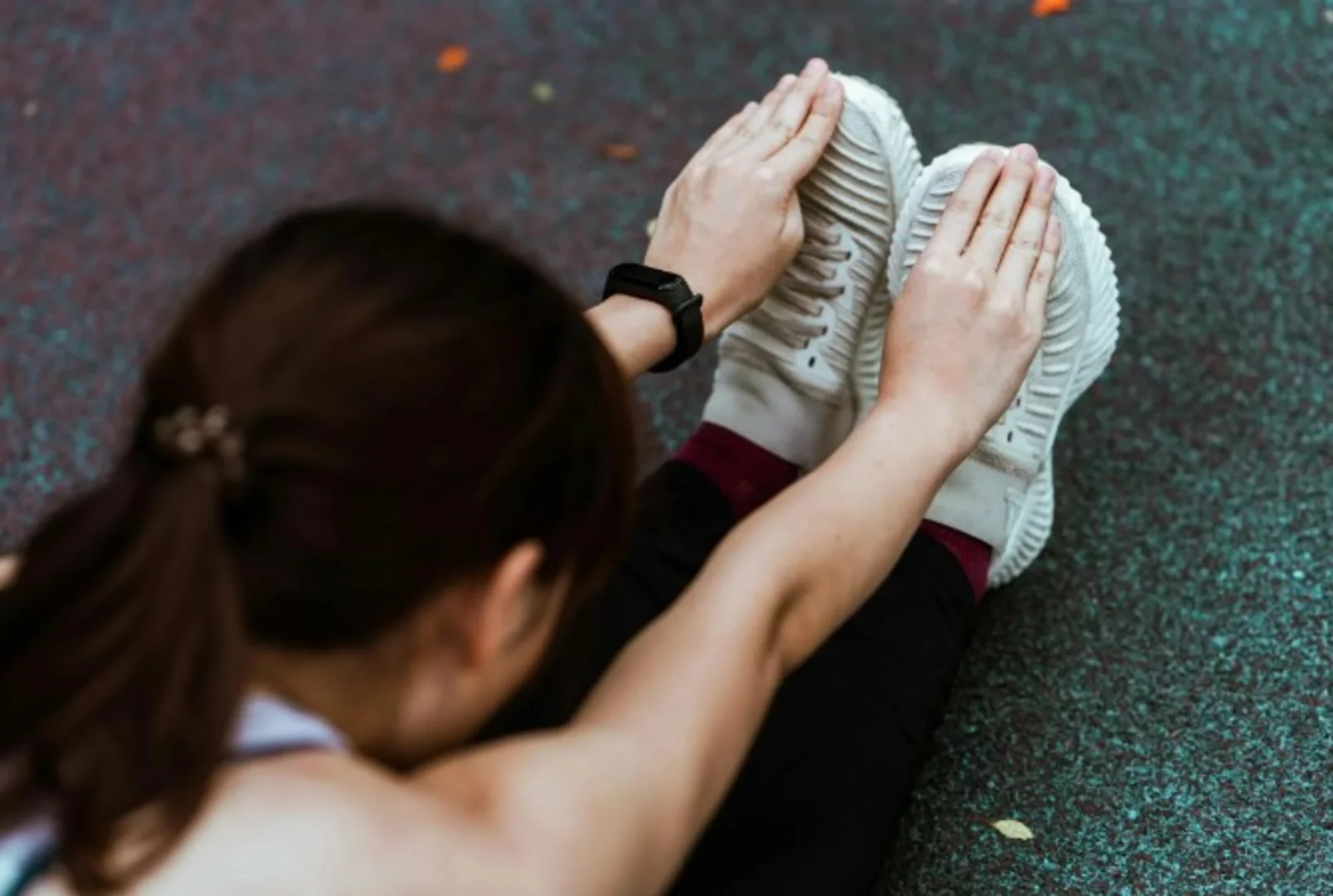imperial russian academy
Company in Cyprus
Resume
Dance Department: Ballet (with a program based on the Moscow State choreography school), Historical Dance, Character Dance, Contemporary Dance, Hip-Hop, Break Dance and Latin American Dance.
Music Department: piano, guitar, clarinet, violin, drums, and saxaphone. Lessons can be based on either the Moscow State Music school program or the English system.
Theater Department
Art Department: composition, painting, drawing, arts and crafts studio for children ages 3-6.
Martial Arts Department: Wushu
Article
Essential Warm-Up and Stretching Tips for Dancers
 Warming up and stretching are crucial for dancers to enhance flexibility, prevent injuries, and improve performance. Whether you’re attending modern dance classes or any other dance classes, a proper warm-up routine prepares your body for movement while stretching helps maintain flexibility and muscle strength. Here’s a guide to essential warm-up and stretching techniques that every dancer should follow.
Warming up and stretching are crucial for dancers to enhance flexibility, prevent injuries, and improve performance. Whether you’re attending modern dance classes or any other dance classes, a proper warm-up routine prepares your body for movement while stretching helps maintain flexibility and muscle strength. Here’s a guide to essential warm-up and stretching techniques that every dancer should follow.
Why Warming Up Is Important for Dancers
A good warm-up gradually increases heart rate, circulation, and muscle temperature, making movements smoother and reducing the risk of injury. Skipping this step can lead to stiffness and discomfort, affecting performance and increasing strain on muscles and joints.
Effective Warm-Up Techniques
A well-structured warm-up should last 10–15 minutes and include the following elements:
- Cardio Activation – Light cardio exercises like jogging, skipping, or jumping jacks help raise the heart rate and get blood flowing to the muscles.
- Joint Mobilisation – Moving the neck, shoulders, wrists, hips, knees, and ankles in controlled circular motions improves mobility and prepares the joints for dance movements.
- Dynamic Stretching – Unlike static stretching, dynamic stretches involve movement to prepare muscles for a full range of motion. Examples include leg swings, torso twists, and controlled lunges.
Key Stretching Tips for Dancers
Stretching plays a vital role in improving flexibility, reducing muscle tension, and preventing soreness. However, it’s essential to do it correctly to avoid overstretching or straining muscles.
Always Stretch After Warming Up
Stretching cold muscles can lead to injuries. Ensure your body is warm before starting flexibility exercises.
Focus on Major Muscle Groups
Dancers use their entire body, so stretching should target all key areas:
- Legs – Hamstrings, quadriceps, calves
- Hips – Hip flexors and glutes
- Back – Lower and upper back muscles
- Arms & Shoulders – Essential for styles like belly dancing classes that involve intricate arm movements
Hold Each Stretch for at Least 20–30 Seconds
Holding a stretch for a short period allows the muscles to lengthen without strain. Avoid bouncing, as it can cause micro-tears in the muscle.
Breathe and Relax
Proper breathing helps deepen stretches and reduces tension. Breathe deeply and exhale as you move into the stretch.
Listen to Your Body
Stretching should feel like a gentle pull, not pain. If you feel discomfort, ease out of the stretch slightly to avoid injury.
The Role of Warm-Ups and Stretching in Different Dance Styles
Every dance style requires a tailored approach to warming up and stretching:
- Modern dance classes focus on fluid movements, so warm-ups should include full-body engagement and core activation.
- Belly dancing classes require flexibility in the hips and torso, making stretches for the lower back and abdominal muscles essential.
- Ballet and contemporary dance demand strong leg and ankle flexibility, requiring deep lower-body stretches.
Final Thoughts
A proper warm-up and stretching routine are essential for all dancers, whether beginners or professionals. Attending dance classes that emphasise safe warm-up techniques helps build flexibility, strength, and endurance, ensuring long-term success in any dance style. By incorporating these practices into your routine, you can dance with confidence, grace, and reduced risk of injury.
With a commitment to nurturing talent and fostering creativity, the author provides professional training in a supportive and inspiring environment. He aims to empower individuals to achieve their artistic aspirations. Visit https://imperialrussianacademy.com/ for more information.
last updated on April 7th, 2025






